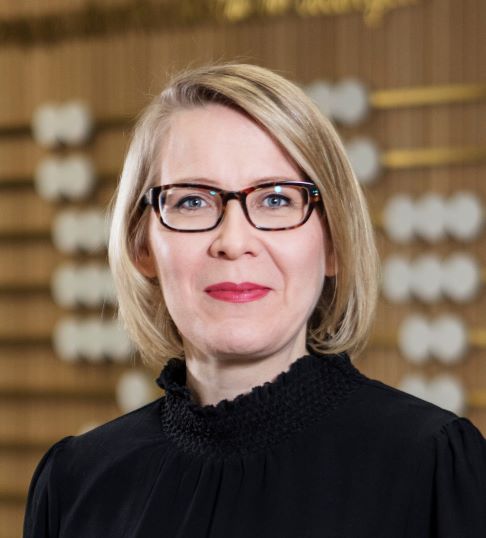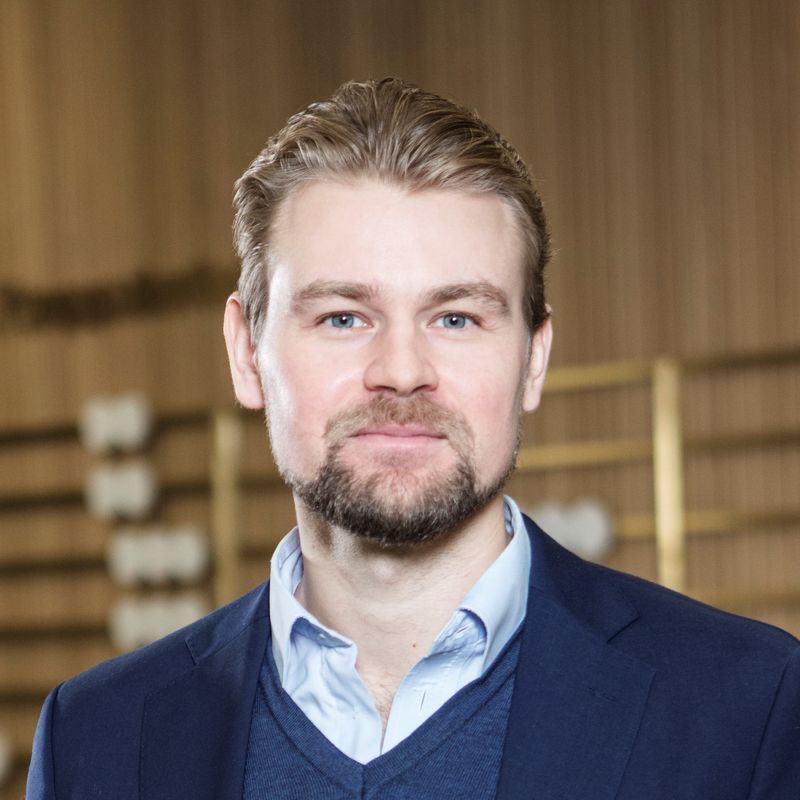Quantum Computing – from Labs to Markets

This research project examines the emergence of quantum computing as an emerging field of science and business from an organization and management theory perspective. Quantum computing is currently undergoing a major shift with technologies and solutions transitioning from scientific exploration in labs to tangible business opportunities. As this trend intensifies, a larger set of actors from different social domains begins to engage with quantum computing, including for instance new start-ups and spin-offs that take interest in emerging business opportunities, established technology corporations extending their business, and governments seeking to stay at the forefront of innovation development.
Currently, there is great uncertainty about how quantum computing will develop – both in terms of the material forms it may take and the timeframe for the development. Moreover, it is unclear to what extent and in what areas of society quantum computing can be applied in future. Quantum computing is also counterintuitive and unintelligible to nearly everyone outside of the quantum scientific community. Thus, the market development is characterized by extreme open-endedness and an enigmatic nature with experts having different perceptions on the potential of quantum computing and on the technological trajectories that are worth to follow.
From these empirical starting points we explore, in real time, how the innovation ecosystem emerges globally around quantum computing, how actors compete in the nascent industry, and how the new market is constructed among diverse players that follow differing technological approaches and designs and have diverging objectives and expectations. We further study how quantum computing is communicated to various audiences, such as financers that grant resources to innovation and business development; to explore how a complex and uncertain technological field is made understandable to non-experts.
Sub-projects
We collect a data set consisting of interviews among e.g. scientists, technology companies, public and private financers and policy bodies; participation and observations at events like conferences and workshops; and archival data, including industry and policy reports, and news articles and scientific publications. During the project, we produce a vast and unique longitudinal qualitative data set tracing the emergence of the quantum computing market real-time.
Sub-project 1: Competing technological designs and emerging collaborations
Quantum computing is currently at a stage of pre-market emergence, with different companies and scientists following differing approaches (or “platforms”) for constructing a quantum computer. This sub-project seeks to develop understanding on how actors join a particular approach and how they form new collaborations as they pursue and promote this technology. As such, this longitudinal study casts light on the real-time emergence of technological designs and their development and selection processes as well as community formation in emerging, multi-stakeholder settings. This project acts as a means to get to know the basic technologies and the emerging networks and communities in quantum computing.
Sub-project 2: Narratives and storytelling
Quantum computing is challenging to understand to lay people, or nearly anyone outside of the quntum scientific community. Thus, the key actors in this market face the challenge to communicate the meaning of quantum computing to external stakeholders and explain why it is important to pursue quantum computing. For instance, start-ups need to communicate to financers why their particular business idea and technological approach is worthy of investment and how they are creating solutions with actual market potential. In this, actors rely on symbolic work and narratives to make quantum computing understandable and more approachable and to relate quantum computing to issues with which the audience is familiar. This sub-project explores how quantum computing is given sense through narratives and storytelling, which are powerful means for disseminating compelling content. The project traces how metaphors, visualizations, and stories are created to communicate this complex technology.
Sub-project 3: Expectations and temporality in market categories
Emergent markets are in a “state of becoming” - characterized by fluid material artefacts and boundaries, actors entering and exiting the market space, and lacking policies and standards that would define the market and its core products and services. Moreover, there is often very little substantial developments in the present moment to justify major investments. Thus, nascent markets often rely on grand expectations in legitimating investments and participation. Expectations about the grand future of quantum computing are widely shared and commonly accepted. In this sub-project we study how different actors construct expectations related to quantum computing, and how expectations and other temporal constructs, such understandings of right timing, windows of opportunity, and rhythms of innovation development contribute to shaping this market space.

Niels Bohr“Anyone who can contemplate quantum mechanics without getting dizzy hasn’t properly understood it.”
- Published:
- Updated:




